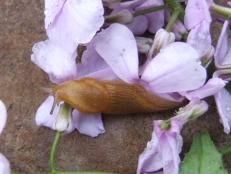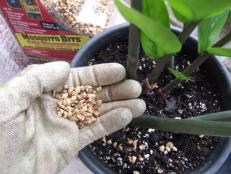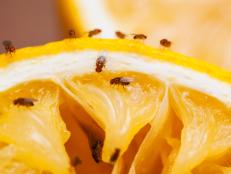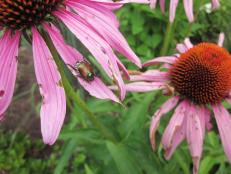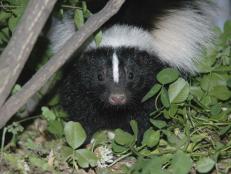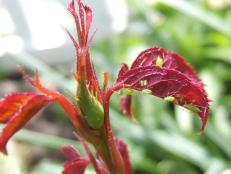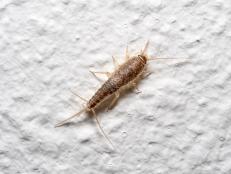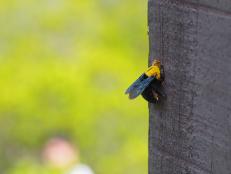How to Get Rid of Spider Mites
Spider mites are among the most problematic plant pests, particularly for houseplants. Get tips on identifying damage from spider mites and learn how to get rid of them.
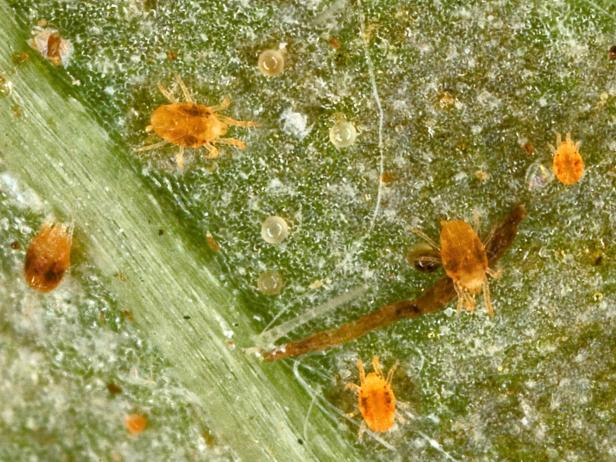
National Gardening Association
The tiny spider mite can wreak havoc by feeding and sucking the juices out of hundreds of plant varieties.

Although they are less than a millimeter in length, spider mites are among the most formidable garden pests, feeding on hundreds of plant species, including fruit trees, ornamentals, grapes, corn and roses.
"It doesn't matter what (plant) you've got, you're likely to find two-spotted spider mites on it at some time and once you've got it, it can spread to whatever plant you have," says Dr. Will Hudson, a University of Georgia entomologist and extension specialist. "It's a chronic problem."
Spider Mite Damage
The tiny spider mites, which are a type of arachnid closely related to spiders and ticks, puncture the epidermal cells of leaves with their mouths and suck out the liquid contents. The damage initially appears as pale colored spots — or stipples — on the upper side of the leaf. The damage will extend until the whole leaf wilts. Eventually, the plant will die as the spider mites remove all the plant's chlorophyll.
What Do Spider Mites Look Like?
Spider mites, a member of the Acari family, are so tiny, their presence often goes overlooked until damage to trees and crops is already underway. Dr. Hudson recommends gardeners keep a magnifying glass handy to make spider mites easier to find and identify. You'll want to look on the underside of the leaf and along the midvein.
The most common spider mite on houseplants is the two-spotted spider mite, which measures only 1/50 of an inch long. The adult has eight legs with an oval shaped body that is usually greenish or almost translucent although it may be brown to orange-red. The body also is marked with two dark spots.
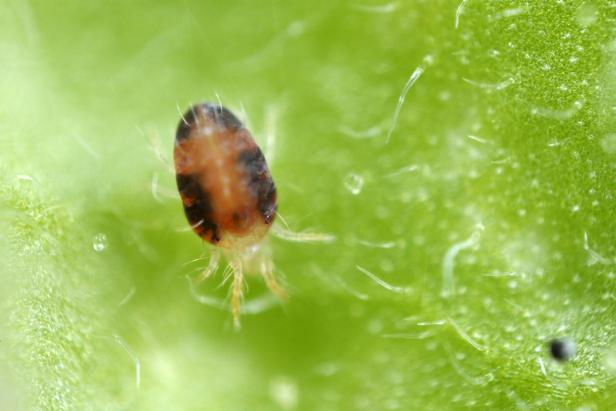
Shutterstock/D. Kucharski K. Kucharska
Two-spotted Spider mite Tetranychus urticae
Spider mites flourish in warm, dry conditions and reproduce quickly. In some cases, like that of the two-spotted mite, spider mites can lay as many as 20 eggs a day with offspring reaching reproductive maturity in less than a week.
Many spider mites produce silk — not in the form of an organized web, but in a mass of strands — used to protect eggs and feeding colonies from predators and shifting weather conditions. When a spider mite population is high, the silky threads found on leaves are an indisputable indicator of an infestation. It's time to take quick action.
"If the population explodes, they'll spread the web across the plant," says Dr. Hudson. "If you get to that point, rescue is pointless and you need to throw the plant away. Get it completely away from other plants and destroy it."
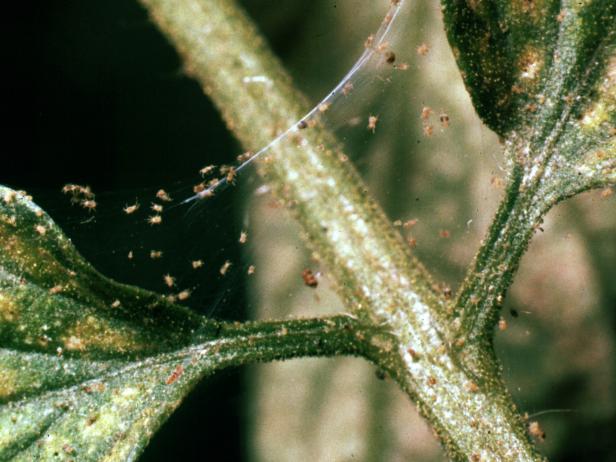
Image courtesy of Clemson University - USDA Cooperative Extension Slide Series, Bugwood.org
Many spider mites produce silk — not in the form of an organized web, but in a mass of silk strands — used to protect eggs and feeding colonies from predators and shifting weather conditions. When a spider mite population is high, the silky threads found on leaves are an indisputable indicator of an infestation.
Spider Mites on Houseplants
Spider mites are more of a problem for houseplants than outdoor plantings. Spider mites have numerous predators outdoors — including ladybugs, big-eyed bugs and spiders. And spider mites don't like the cold. The conditioned indoors of our homes provides the perfect environment for the spider mite to thrive and spread.
How to Prevent Spider Mites
Before buying a plant from your local nursery, inspect it carefully (with your magnifying glass, even) to make sure there are no spider mites present. "No matter what type flower or foliage plant you buy, you should be vigilant because it may have mites on it and once you bring it into your house or garden, they may spread to other plants," says Dr. Hudson. "The host range is really large."
How to Get Rid of Spider Mites
Inspect Daily
Inspect plants daily for eggs and mites, giving special attention to the underside of leaves.
Insecticidal Products
Horticultural oil or insecticidal soap sprays can be effective against a low mite population, though sprays might need to be applied more than once as mites need to be smothered. Of course, read and follow all label instructions.
Encourage Predators
Encourage predators such as ladybugs and predatory mites. An extreme infestation of spider mites on outdoor plants may be the result of the overuse of chemical pesticides, which can severely reduce the presence of beneficial insects and leave a spider mite population to grow without intervention. When a growing spider mite infestation reflects a dwindling predator presence, discontinuing the use of chemical insecticides may restore balance to a garden space. The return of beneficial insects takes time, however, and this strategy for spider mite management should be considered as a long-term solution.
Prune Damaged Leaves
Buy Supplies
Prune any leaves that show extreme damage or heavy active infestation. Any leaves or plants removed as a result of a spider mite occupation should be submerged in soapy water or sealed in an airtight container and removed from the site.
Spraying With Hose Not Recommended
Dr. Hudson says that, for most foliage plants and flowers, it's not reasonable to try to spray away spider mites with a hose. "A stream of water strong enough to really dislodge spider mites from the underside of the leaves will leave the plant looking pretty bedraggled," says Dr. Hudson. "It works better for aphids than mites."
How to Get Rid of Spider Mites on Indoor Plants
You can dunk the above-ground parts of small houseplants infected with mites in a solution of insecticidal soap or neem oil to smother the mites. Cover the potting medium so it doesn't fall out, turn the plant upside down and then dunk the foliage and stems.









